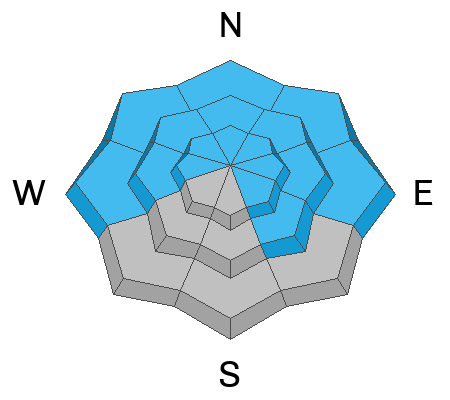Forecast for the Moab Area Mountains

Issued by Eric Trenbeath on
Sunday morning, December 1, 2024
Sunday morning, December 1, 2024
The avalanche danger remains CONSIDERABLE on steep slopes near and above treeline facing NW-N-E. In these areas, human triggered avalanches failing on a persistent weak layer of faceted snow at the base of the snowpack are likely. On slopes facing W, SE, and on low elevation northerly aspects the danger for this type of avalanche is MODERATE but the consequences are no less severe.
A MODERATE danger for triggering shallow, fresh slabs of wind drifted snow exists on all aspects in upper elevation, wind exposed terrain.
The danger is mostly LOW on slopes facing SW-S near treeline and below, and on low elevation SE aspects. Small avalanches on isolated terrain features are possible.
Conditions remain thin and rocks, stumps, and dead fall still pose a significant hazard.

Low
Moderate
Considerable
High
Extreme
Learn how to read the forecast here








